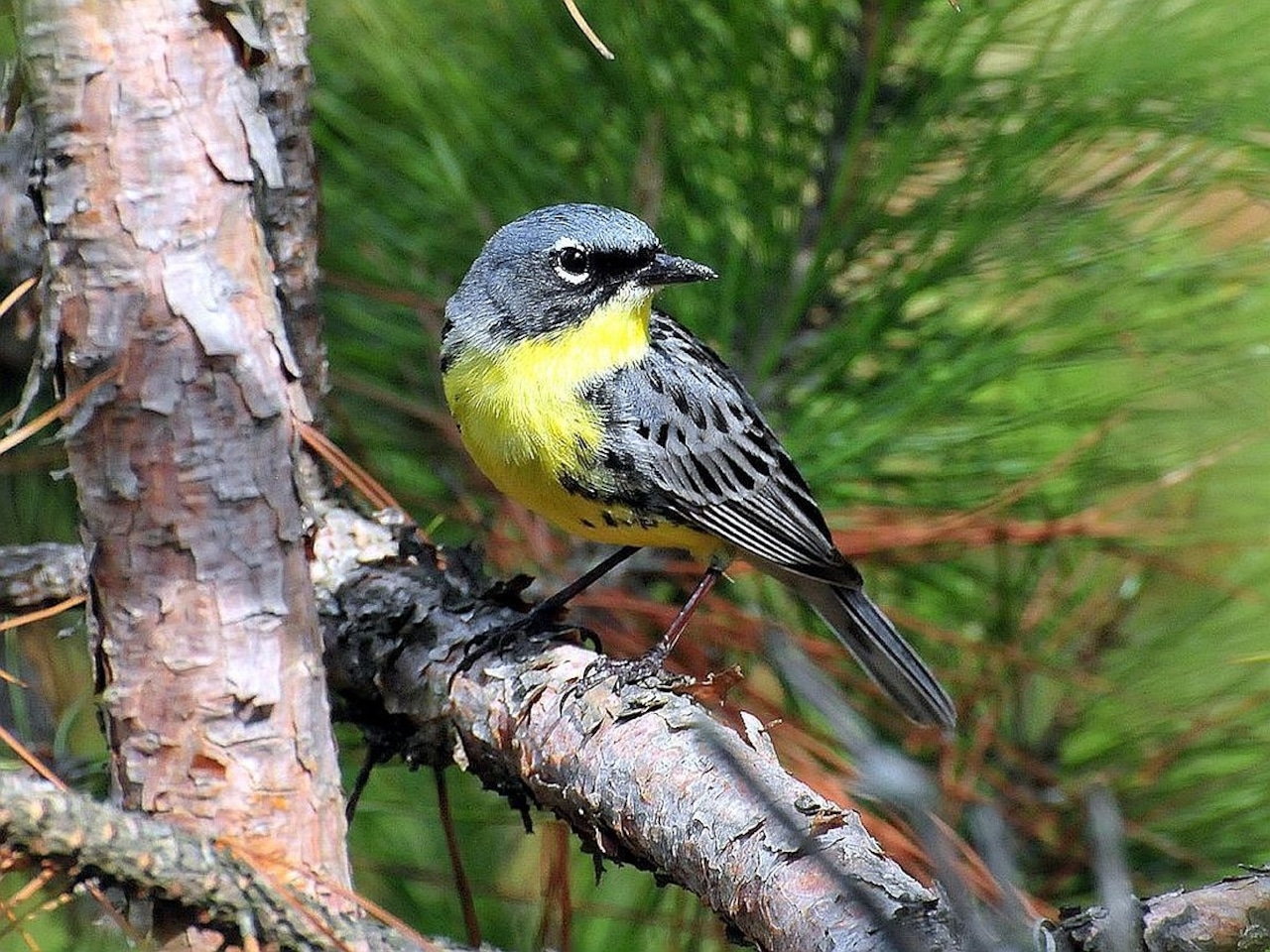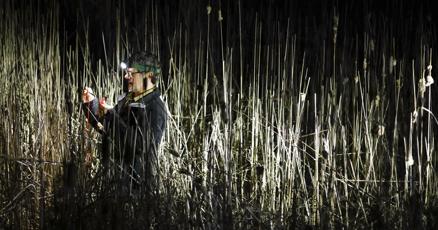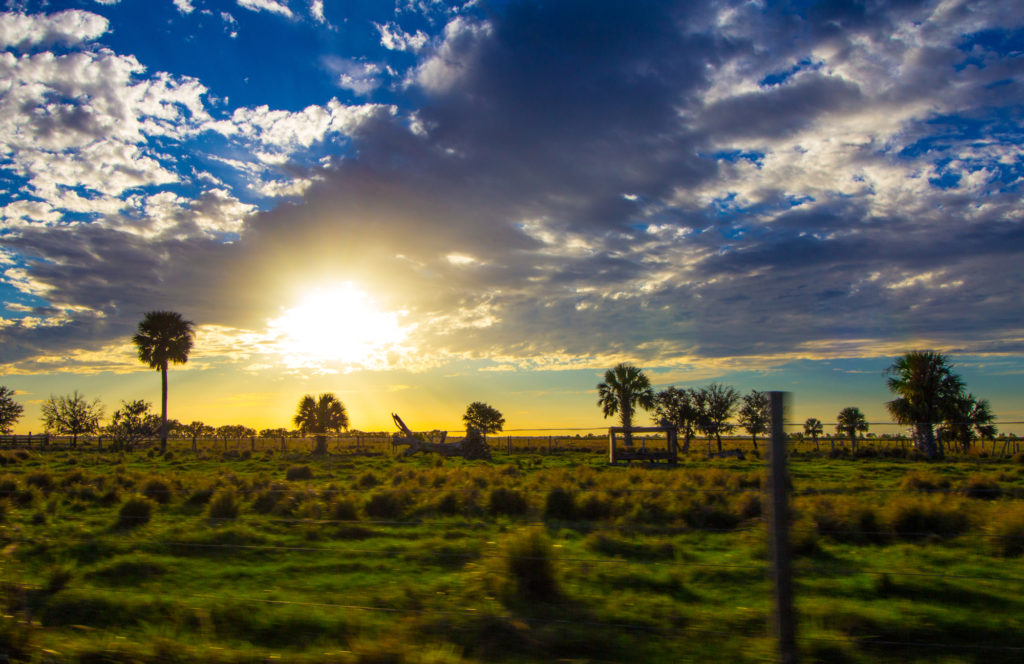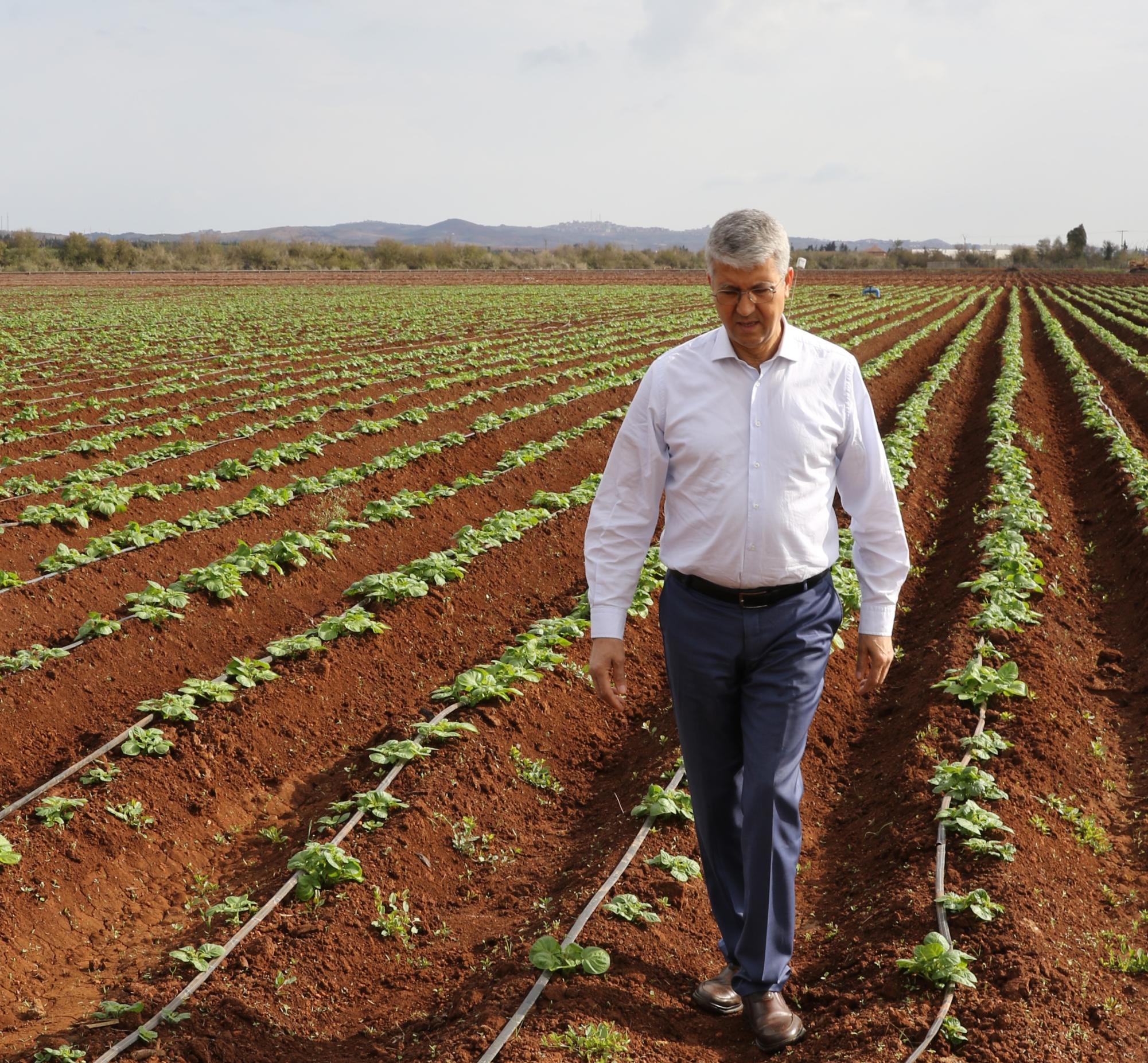Saving the Songbird: How Michigan's Conservation Gambit Reshaped an Ecosystem

In the intricate dance of conservation, Jack pine plantations have emerged as both savior and potential threat to Michigan's delicate ecosystem. These carefully cultivated forests have become a lifeline for the Kirtland's warbler, an iconic songbird once teetering on the brink of extinction. Yet, this conservation success story carries a complex and troubling undertone.
The Kirtland's warbler, with its distinctive yellow breast and melodious song, found sanctuary in the dense, young Jack pine forests. These carefully managed plantations provided the exact habitat the bird needed to survive and thrive. Conservation efforts transformed what seemed like an impossible recovery into a remarkable triumph of environmental stewardship.
However, the very strategy that rescued the warbler now casts a long shadow over other rare species struggling to survive. The meticulously controlled Jack pine landscapes, while perfect for one species, create a monoculture that threatens the biodiversity of Michigan's natural landscapes. Rare plants, insects, and other wildlife find themselves increasingly marginalized in these uniform forest environments.
Ecologists now face a challenging dilemma: how to balance the preservation of one critically endangered species with the broader needs of an entire ecosystem. The Jack pine plantations stand as a powerful reminder that conservation is rarely a simple, straightforward endeavor.
As Michigan continues to wrestle with these ecological complexities, the story of the Kirtland's warbler serves as a poignant illustration of the delicate balance between species preservation and holistic environmental health.








